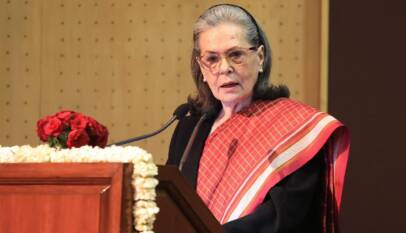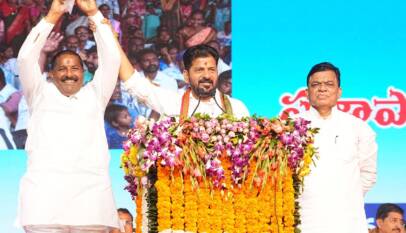The First English News Paper in India
By Mira Pawar.
The first English newspaper in India was published on the 29th of January 1780 in Calcutta, the centre of colonial India. The paper was in the format of a tabloid called Hicky’s Bengal Gazette. Compared to today’s newspapers, Hicky’s Bengal Gazette was smaller in size. It was twelve inches in length and seven inches in breadth. It had only two sheets with three columns on each page, and was printed on both sides of the pages. The circulation was limited to 200 copies. The writer, editor and publisher was an Irishman James Augustus Hicky born in 1740 in Ireland. He was also known as the father of Indian journalism.

Hicky was an eccentric Irishman and his newspaper was a strong critic of Governor General Warren Hasting’s administration. The newspaper was known for its provocative journalism and for its fight for free expression in India. Unlike many newspapers of its time, the Hicky’s Bengal Gazette published taboo topics and proto-class consciousness, debating for the rights of the poor and the right to taxation. The paper was strongly anti-war and anti-colonial and from time to time ridiculed east India company leadership for their imperialism.
Hicky used to make fun of various east India company officials with whom he had personal differences. Initially, the paper took a neutral stance on issues but later, he started ridiculing the east India company and its officials for corruption and inefficiency. He would often use innuendoes and made-up names to talk about real-life personalities. The colonial officials in Calcutta despised Hicky’s writings.
Hicky was sued for libel and sentenced to prison when he accused Hasting’s wife for corruption. While in jail, he continued to publish his paper and accuse Hasting and East India Company for corruption. After this, fresh lawsuits were filed against him, and a rival paper by name India Gazette, funded by Hastings started circulating. The Bengal gazette lost its popularity as it could not stand up to the competition of India gazette and soon went out of business. Bengal Gazette unfortunately stopped publication on March 23, 1782.
Around the Christmas of 1784, Hicky was released from jail and his debts were forgiven by Warren Hastings. During the three years in jail, Hicky’s health had deteriorated and is believed to have lived in poverty. Not much is written about his life after his release from the jail. However, its believed that he died on a boat to China in October 1802.
Although short-lived, Hicky’s Bengal Gazette provided inspiration for educated Indian reformers to start their own publications with nationalistic sentiments. There were many newspapers published in the 18th century like the Calcutta gazette, Bengal journal, oriental magazine of Calcutta, Bombay Herald and many more. The Bombay-na-Samachar which was started in 1822 by Fardunjee Marzban is the oldest newspaper in Asia and is still in print in Gujarati language. The Bombay times was started in 1838 and continues its publication as The Times of India. As of date, India is the second largest newspaper market in the world. Its estimated that there are over one lakh publications in the country in English and other vernacular languages.
Newspapers in its own way have contributed to the freedom struggle and in the progress of the country post-independence in the form of spreading information and knowledge and by keeping public opinion alive on various issues.
PM Modi Presents Russian President Putin with Curated Gifts Reflecting India’s Culture and Heritage
New Delhi, Dec 2025: During the two-day visit of Russian President Vladimir Putin to India…




















